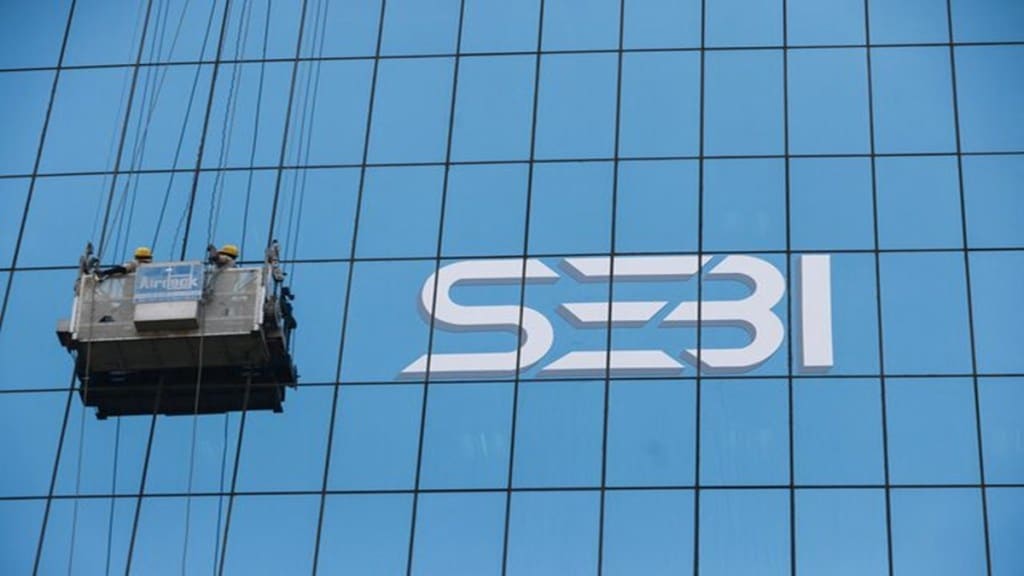The Securities and Exchange Board of India’s (SEBI) recent proposal to reduce retail subscription from 35% to 25% in a gradual manner in large initial public offerings (IPOs) is well-intentioned but illogical. Since 2024, only three IPOs of over Rs 5,000 crore (out of nine)—Hyundai Motors, Hexaware Technologies, and Afcon Infrastructure—did not get full retail subscription, according to data from Prime Database. The latter almost made it at 0.94%. Over the past 20 years, 32 IPOs raised over Rs 5,000 crore, and 18 of them were fully subscribed by retail investors, and some even more. If one takes 75% as a benchmark, 22 of them qualify—not a bad number for a country that has much less than 10% of its population investing in equities directly.
Retail demand remains strong
Of course, many have looked at equity markets as a quick way to mint money. So, excesses have been observed in IPOs of both big companies (listing gains), small-and-medium enterprises (SMEs), and derivatives markets. But that makes the case stronger that retail investors should be allowed to participate more in IPOs of big companies with strong managements and balance sheets. Even though many more subscribers are needed in the retail category, compared to high net-worth individuals (HNIs) and qualified institutional investors (QIBs), the 35% quota assures them allotment—a big factor for someone wanting to grow wealth through equity investment—and is reminiscent of days when people boasted of having enough funds to get their children married or being able to buy a house or car and take care of medical treatment.
Why retail access matters
Companies, of course, are likely to prefer more institutional investors for good reasons. The most important: Institutions and HNIs’ deeper pockets ensure that the pricing can be more aggressive. More importantly, it is easier to address a set of big investors and HNIs, who subscribe to most of the allotment anyway, and explain the virtues of the company. The retail investor, from that perspective, is the unknown element. The advertising has to be heavier, and there is pricing pressure—after all, 35% of the issue is at stake. No wonder, even the government gives a discount to retail investors to ensure more participation, often. Of course, if the retail portion does not get fully subscribed, SEBI can allow transferring it to HNIs and QIBs. Allowing investing in big and dependable companies are small ways to ensure that retail investors are able to create wealth. At the same time, it puts pricing pressure on the issuer, and keeps management on their toes. Reducing their ability to do so will only hamper wealth creation and slow down income equality.
The strong pipeline in IPOs—almost Rs 1.8 lakh crore this fiscal—shows that for promoters raising money through equities has become much easier. The larger picture is equally bullish. After over three decades, mutual funds seem to have convinced a bulk of investors that even if the market goes through a correction or turbulence, they need to continue with their systematic investment plans (SIPs). The result: Even during the headwinds caused by US President Donald Trump’s tariffs, retail investors have kept their faith and invested over Rs 27,000 crore through SIPs in June. The proposal to reduce the retail portion comes at a time when the number of unique retail investors in the securities market has trebled to 130 million in the last five years. Keeping most of them away from large IPOs is patently unfair.
